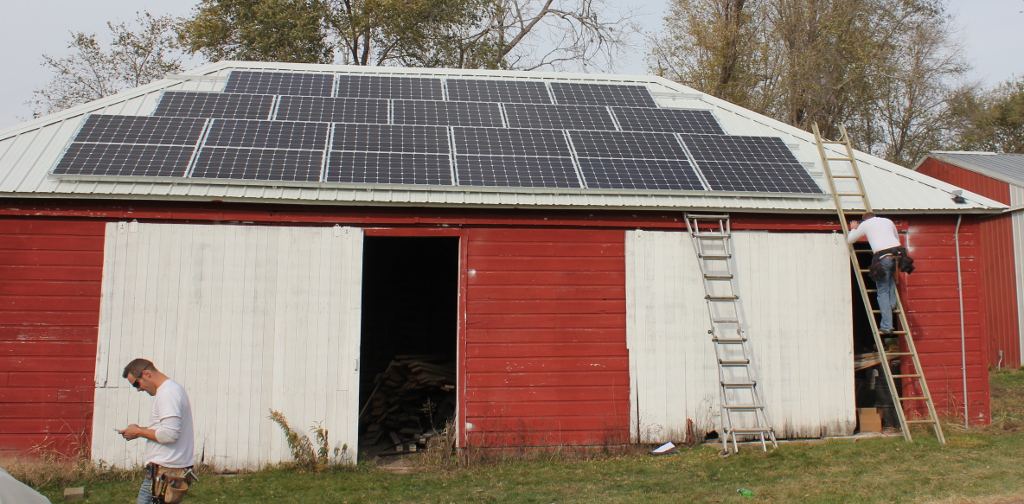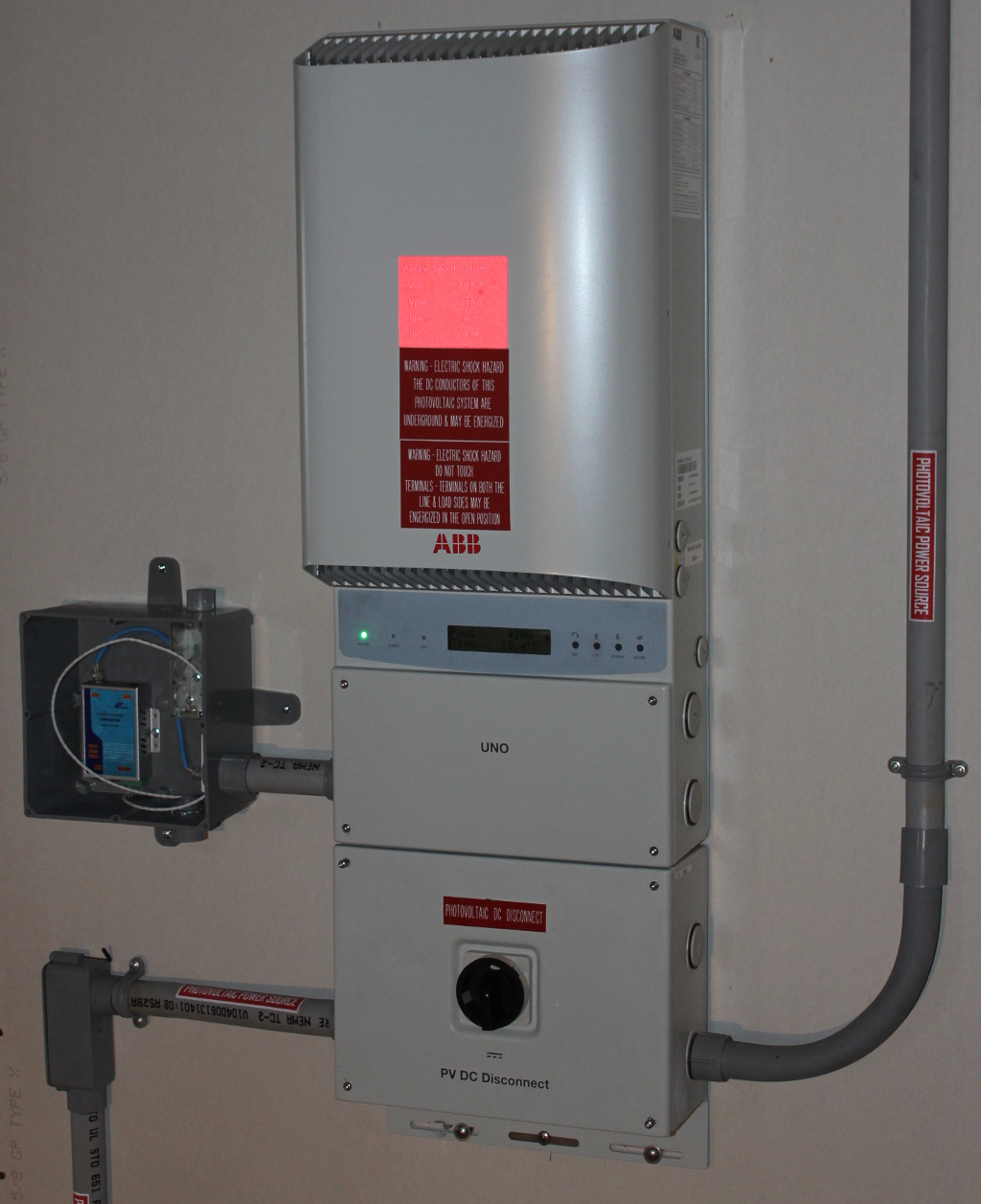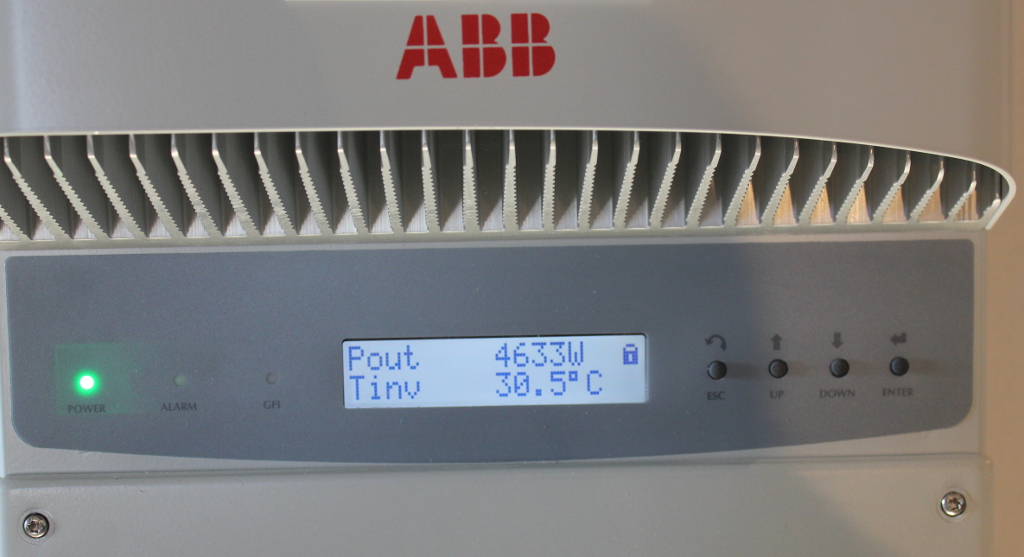Solar Power
- Details
- Category: Farm
- Published on Wednesday, 01 March 2017 20:39
- Written by Administrator
- Hits: 17607
I have wanted to put up a solar power system for some time and last month I finally got around to getting one installed. When I first started looking at solar power the panels were small and expensive. The inverters were fairly primitive and not too reliable. All that has changed in the past few years. Now when I drive around, particularly in rural areas I frequently see solar panels. It is still hard to find installers so when I saw a sign for a business along the road in the next county I called then and asked for a quote. In the past I would have probably done the installation myself but I am getting a bit old to be scampering around on a roof carrying big solar panels. It would have taken me all summer to get the job done. They got the hardware all installed in two days. After that it was a two week wait for all the paperwork to get done and approved.
This building looked to be the ideal place to put the panels. The house is not suitable due to trees and not facing south. The building next to this one has a shallower roof angle and is shaded more by some trees. The solar array I wanted consists of 21 270 watt panels. When we first looked at putting the panels on this building it looked like 21 panels would not fit. The panels are normally installed in portrait because that uses the least amount of racking. In that orientation they would not fit. I decided to spend a bit more on the extra racking to get the panels on this building. As can be seen in the picture above the 21 panels just fit in the landscape orientation. The tilt angle of the roof on this building is 35 degrees which appears to be a good compromise. The panels are wired in three strings of seven panels each.
The DC wiring is run underground to the adjacent building because it has power and is a better place overall to mount the inverter. This inverter is an impressive bit of technology. It is rated at 6 Kw and is capable of MPPT on two independent circuits. One of the seven panel string is wired to one of the MPPT inputs and the other two strings are wired in parallel to the other MPPT input. The inverter is fully weather proof and capable of being mounted outside. Although I am much happier that it is inside a nice building. When you turn the inverter on it boots up and goes through a list of self checks before it connects to the grid. A variety of information is available on the LCD and internal settings can be changed after entering a password. It keeps track of things like total energy produced, peak power for the day and overall and even the value of the energy produced if you enter the cost per Kwh. For some reason the default is in euros rather than dollars. The inverter is capable of being remotely monitored and controlled. This is done by RS485 signalling . This is a good choice overall but I would rather not bury a cable all the way back to the house for monitoring. Also I plan to have my shop in this building and want internet for the shop. So I am arranging to bring internet to the building via a wireless link. the open box on the left in the picture above is a place to mount the RS485 to Ethernet converter and the power supply for the wireless link. When that is all hooked up I will be able to monitor and log data from the inverter in the house and even put the data on the web.
I took the above picture during testing around noon on a sunny December day. The power output is about 1 Kw less than the rated power of the array. I don't really expect to ever see the full rated power but it will be more in the summer when the sun is higher and more square with panels. I got permission from the utility company to go online and switched the system on. So far the weather has been foggy and cloudy. It still makes 400 or so watts at noon on a foggy overcast day. The utility company came out and installed a digital watt hour meter that keeps track of coming and going power. This size array is expected to provide about 40% of my annual energy consumption. Time will tell.
Technical Details:
The solar panels are Suniva OPT270-60-4-100. These panels have 60 6" mono crystalline cells. The 21 panels are wired in three strings of 7 panels. This gives a maximum open circuit voltage of 269.5 Volts for each string.
The inverter is an ABB PVI-6000-OUTD-US-A. This is a transformer-less inverter rated at 6Kw. It provides 240 volts to the grid when operating. The inverter manufacturer was formerly Power One. This caused me some difficulty when looking for the users manual and monitoring software online as many of the web pages are still under the Power One name.
Performance:
I was planning on comparing the monthly electricity usage with the solar panels with the month from the previous year. The electric company has nice online access to the information. Only one small problem, you get an new account number when you set up for solar and the information from the old account is not available. I should have saved the usage information before the account switched. The first two months on the solar system December and January have the shortest days and are generally dark and cloudy. Despite this the overall bill from January was less than half of what I remember for a typical bill for this time of year. Based on this I suspect there will be months this spring and fall, when I am not using the AC that the solar system will make more than I use for that month.
References:
Green Transitions http://greentransitionsllc.com/




